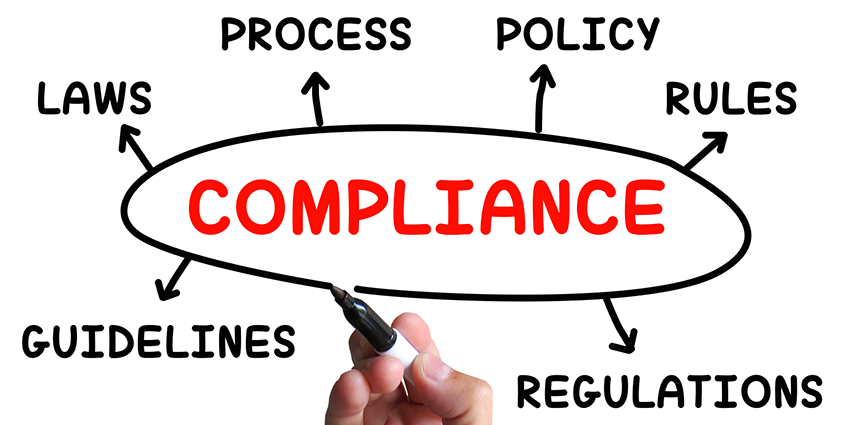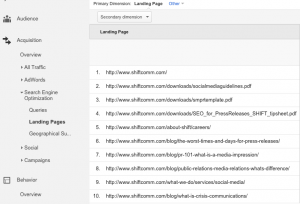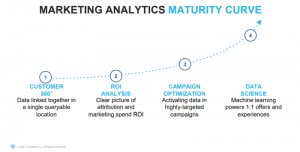Customer expectations are ever on the rise, and regulated industries don’t get a pass. Today’s consumers are accustomed to breezy ecommerce transactions from the likes of Amazon and this simplicity is the bar that financial, insurance, and telecommunication companies are held to, even though they’re hampered by government regulations.
These industries face far higher scrutiny and thus struggle to provide quick, in-channel responses and resolutions. Many have their intra-divisional communication limited by legislation or are burdened by heavy security requirements. And to top it all off, government regulators are notoriously slow about acknowledging new technology, such as social media, and providing guidance.

Yet perception is still king. When a customer who’s just completed a travel booking online and in the same breath, ordered new luggage, groceries, and a cab stops to tweet at their bank and doesn’t receive a response, it doesn’t matter why the bank took longer. Luckily for us as customers the majority of financial institutions are embracing social as a communication channel. For those that aren’t what can these regulated brands do in an age of increasingly quick communication?
As Theodore Roosevelt put it,
“Do what you can with what you have where you are.”
This means taking social care into your own hands and utilizing technology partners who provide a layer of ease that consumers expect.
1. Offer in-channel resolution
More than anything, customers expect in-channel help, and social care tools provide this. Whether consumers reach out via Twitter or phone, email or Facebook, 77% of them say that valuing their time is the most important thing a company can do to provide them with good service. It’s simple—channel deflection leads to unhappy customers.
But authenticating over social, a necessary step for regulated companies, has historically been a challenge. This is no longer the case. Social care platforms such as Conversocial allay these fears with secure, encrypted social messaging. No matter the social channel, your agents can direct them in-app to a private messaging thread, authenticate with PII, and provide support. It also serves the purpose of binding the Customer’s social identity to your internal customer record in a CRM system, enabling full context about the customer to the agent in the future. And if consumers do accidentally post personal information, your agents have the tools to scrub those posts.
2. Take conversations private when needed
Highly regulated brands can use private social care platforms to quietly resolve public customer complaints. Social media, after all, can be fraught with public relations challenges, as United Airlines has recently experienced, per The New York Times. Any mitigation goes a long way. Social care agents have the ability to prompt those who post public complaints in the form of tweets or comments on brands’ public pages into a private direct-message conversation on that same platform. Customers appreciate this, as they increasingly prefer resolution to being heard publicly, and brands benefit by softening the impact. It also means an effortless experience for the customer with no channel deflection.
3. Provide Personal Responses
Since social media makes it faster to process customer inquiries than through telephone, there’s no excuse for providing anything but excellent, personalized service to the people demanding it. This means responding appropriately given not just the tweet, but the full conversation history with that customer. It also means giving your agents the ability and responsibility to tweak standard responses to the situation (while keeping within your brand tone of voice guidelines).
While use of automated or canned responses is a big temptation for companies reluctant to allocate significant resources to social care, there can be even more downside to copying and pasting a reply than not replying at all.
All departments that communicate with customers need to be connected in order to avoid social media crisis. Bubbling social issues require quick responses and resolutions—and this requires the right tools and enough manpower (with the right training and abilities). Although we are entering the dawn of automation social must remain personal.
4. Boost customer confidence by promoting secure social support
While it’s important to help customers understand that social care is available, it’s also important to advertise that it’s trustworthy. Customers may cringe when asked to provide personally identifiable information over an otherwise public social platform, and companies can ease their fears by overtly advertising the secure nature of their support. Brands using an encrypted social care system can indicate this on their social support page, as well as buttons directing their clients directly into social conversations with agents where issues can be resolved in-channel, to-expectation, and faster than expected.
Don’t let your brand be restricted by regulation. Social care technology platforms can help you increase your responsiveness to the level that today’s consumers demand and catapult you into a #SocialFirst care strategy of the future.
Want to learn more about Social Customer Service in regulated industries? Download the Definitive Guide to the Social, Mobile Customer today!
Digital & Social Articles on Business 2 Community(73)






